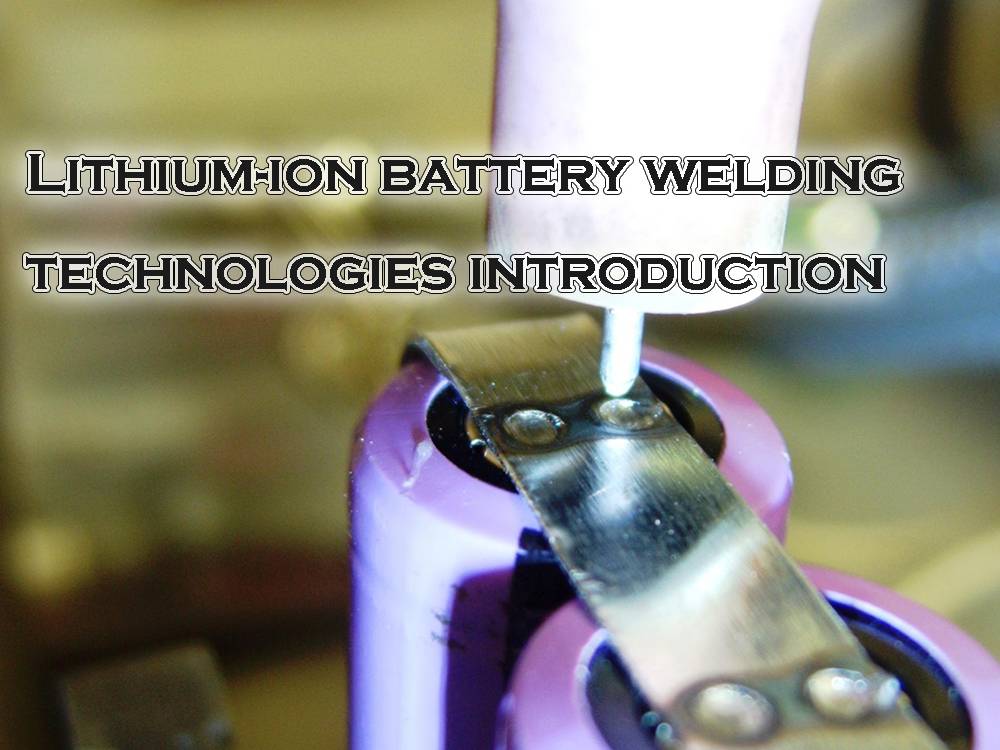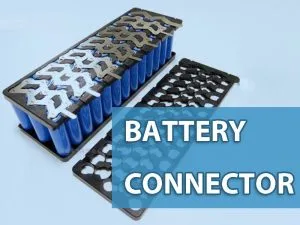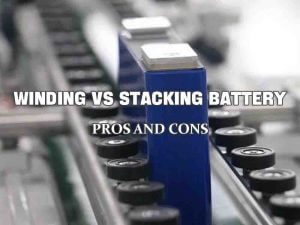Lithium-ion battery welding technologies introduction
There are many factors affecting the safety failure of the lithium-ion battery system, such as: excessive charging and discharging, short circuit, collision, high temperature, loose connection, etc. Among them, there are many safety accidents caused by loose connections, and there are difficulties such as large uncertainties and difficult diagnoses in loose connections.
Therefore, the study of battery welding technology is of great significance for the improvement of connection performance of lithium batteries, process optimization, and process management strengthening of manufacturing engineering.

Since the lithium-ion battery system is composed of many unit cells, modules, etc., it involves a lot of battery welding technology. Common battery welding technologys are: ultrasonic welding, resistance spot welding, laser welding, pulse TIG welding. This post combines the application results of the above battery welding technologies in lithium-ion battery systems, and explores the influencing factors.
Introduction of battery welding technologies
Ultrasonic welding
Ultrasonic welding is a solid state battery welding process. The workpiece does not need to be melted, but the mechanical vibration energy of high-frequency ultrasound (usually above 20kHz) is used to tighten the workpiece and frictionally fuse it together. Ultrasonic welding can be widely used in the connection of various forms of metal foils, not only for welding between workpieces of the same material, but also for welding between workpieces of different materials with different melting points.
In addition, due to its high efficiency and speed, operation at low temperature, and environmental protection, ultrasonic welding is also widely used in the connection of battery systems. Limiting the application of ultrasonic welding in lithium-ion electronic systems is mainly due to the low welding thickness (<3mm) of this battery welding method and the inability to achieve welding of high-strength material workpieces.
The process parameters that affect the quality of ultrasonic welding are similar to the application of ultrasonic welding in other fields, mainly including welding pressure, welding amplitude and welding time. Welding process parameters have a great influence on the performance of battery welding, mainly reflected in welding quality, mechanical properties, electrical properties, thermal properties, etc.
Resistance spot welding
Resistance spot welding is to tighten the workpiece through the electrode and conduct current during the welding process, and then rely on the resistance of the metal workpiece interface to generate local heat to fuse the workpiece. Because resistance spot welding has the advantages of relatively mature technology, easy control, low cost, and high work efficiency, resistance spot welding has a wide range of applications in the connection of lithium batteries, especially in the manufacture of small-sized cylindrical battery cells like 18650 battery.
The process parameters affecting resistance spot welding include current, pressure, pressurization time, etc., the most important of which are peak current and peak current time. This is because the current is too low or the peak current time is too short, the workpiece interface is not enough to generate the heat required for local melting, so that continuous fusion cannot be formed.
However, the peak current and peak current time should not be too large, because if the workpiece is exposed to the peak current for a long time, excessive local heat may be generated, thereby vaporizing the material. Therefore, in order to manufacture a high-quality lithium-ion battery system, this battery welding method needs to optimize the appropriate resistance spot welding process parameters.
Resistance spot welding is used as a battery welding method, and it faces many challenges. There are three main points:
(1) High conductivity materials commonly used in lithium batteries are not suitable for resistance spot welding, such as copper and aluminum used as electrodes and pole pieces, which are difficult to implement resistance spot welding due to high conductivity;
(2) Resistance spot welding is to melt the workpiece to achieve the purpose of welding. Different materials are difficult to be welded due to their different melting points;
(3) It is difficult to apply to the welding of multi-layer workpieces, and it is difficult to produce large weld nuggets, generally 0.9mm to 2.0mm.
Laser welding
Laser welding is a non-contact battery welding process, usually within a few milliseconds, the laser beam generates heat to heat the workpiece and join multiple layers of metal together. Generally used for welding of electrolyte containers, connectors and busbars.
As a non-contact battery welding process, laser welding has corresponding advantages for lithium battery welding. Since laser welding has the smallest heat-affected zone in all battery welding processes and can be applied to the connection of multi-layer sheets, laser welding is considered to be the most effective battery welding process for lithium batteries.
There are many factors affecting the battery welding process of laser welding. There are mainly wobble-related wobble frequency and amplitude, laser-related power frequency and pulse time, and equipment-related movement speed and focus range.
However, relevant researchers have also found that laser welding requires high precision in the assembly position of the workpiece, and requires welding materials to meet high reflectivity, high thermal conductivity and other properties.
Therefore, the implementation and application of laser welding in lithium-ion battery welding has become more difficult. When welding the tab to the terminal, the tab needs to be thinner than the battery box terminal, and the processing parameters need to be strictly controlled to provide enough welding energy without penetrating the battery box.
Pulse TIG welding
Pulse TIG (TungstenInertGas, tungsten gas shielded welding) welding, also known as micro-TIG, is a welding process that uses non-melting tungsten electrodes to generate arcs and works under inert gas. The battery welding process of pulse TIG has the characteristics of simple operation process, beautiful weld seam and high quality. Due to the cleaning mechanism of pulse TIG welding, the resistance oxide film of aluminum alloy can be cleaned, so it is more suitable for aluminum lithium battery welding.
There are many process parameters that affect the quality of pulsed TIG welding, including welding current, welding speed, arc voltage, welding wire feeding speed, welding diameter and operating factors. For the TIG welding of aluminum alloy, the univariate method is used to study the influence of welding current, welding speed and wire feeding speed on welding quality such as penetration depth and welding morphology.
The results showed that the penetration depth was positively correlated with the welding current, and negatively correlated with the welding speed and wire feeding speed, and the welding current had the greatest influence on the penetration depth. Combined with surface topography, cladding layer height, and fusion width, the optimized process parameters are welding current 125A, welding speed 200mm/min, and wire feeding speed 1100mm/min.
At the same time, some researchers pointed out that due to the high heat of pulse TIG welding, the aluminum alloy material is prone to deformation and cracks, it is not conducive to the dimensional accuracy control of the lithium-ion battery system box, and affects the strength of the box, and connection failure may occur during later use by users. Therefore, in the production process, it is necessary to identify possible defects in advance and make corresponding avoidance.
With so many battery welding technologies, in the process of designing and manufacturing lithium battery systems, in order to select a suitable battery welding technology, various ideal battery welding technologies have been analyzed from multiple perspectives such as connection strength, resistance, durability, and cost under different usage scenarios. For example, for the module-level connection composed of cylindrical batteries and the module-level connection composed of pouch batteries, the ideal battery welding technologies are ultrasonic welding, laser welding, and TIG welding.
Conclusion
With the development of electric vehicles, lithium battery welding has also made great progress. In order to meet people’s demand for high-quality lithium-ion battery systems, it is necessary to conduct more in-depth technical research on battery welding technology.
It is believed that with the deepening of connection technology research, the process elements of various connection technologies are becoming clearer and the manufacturing process control is becoming more and more refined. The quality of the lithium-ion battery system is more assured, thus boosting electric vehicles to a new level.



























